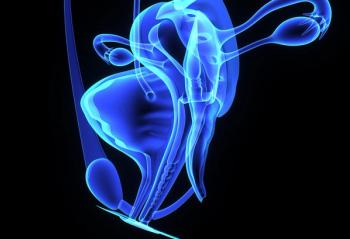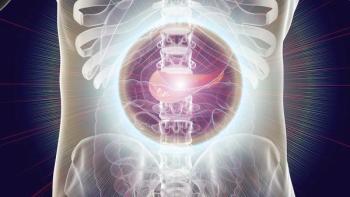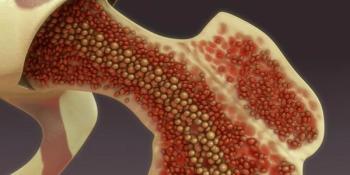
Oncology NEWS International
- Oncology NEWS International Vol 5 No 10
- Volume 5
- Issue 10
In Some Cases, Tests Show False HIV Antibody Response
VANCOUVER, BC--AIDS test results are not always what they seem, and current vaccine research may be headed in the wrong direction, Luc Montagnier, MD, said at the 11th International Conference on AIDS. Dr. Montagnier, of the Institut Pasteur, is a co-discoverer of HIV-1, the AIDS virus.
VANCOUVER, BC--AIDS test results are not always what they seem,and current vaccine research may be headed in the wrong direction,Luc Montagnier, MD, said at the 11th International Conferenceon AIDS. Dr. Montagnier, of the Institut Pasteur, is a co-discovererof HIV-1, the AIDS virus.
Dr. Montagnier presented two examples of misleading HIV antibodytest results. The first was a woman who remained seronegativedespite repeated sexual exposure to her infected male partner.After several years, she abruptly presented with multiple opportunisticinfections and died of AIDS one year later, still without antibodyagainst HIV. The virus isolated was a subtype similar to thatof the male partner.
"The case indicates that the so-called resistant seronegativepartner may not be fully resistant to virus infection, and thatthe lack of antibody response, probably due to a tolerance toHIV antigens, can actually accelerate progression toward AIDS,"Dr. Montagnier warned.
The second case was a woman who tested seropositive for antibodiesagainst all HIV proteins except gp120. The researchers were unableto isolate HIV from her lymphocytes or to detect virus using polymerasechain reaction. The subject remains healthy.
No anti-HIV antibody was found in the woman's urine, but therewere antibodies against two peptides characteristic of a familyof human endogenous retroviral genes.
"Human endogenous retroviruses exist as multiple copies thatrepresent approximately 1% of the human genome," Dr. Montagniersaid. "The false-positive HIV antibody response may representautoantibody to these normal endogenous retroviral proteins."This finding has important epidemiologic implications, since thereare many similar indeterminate serologic reactions in Africa andother parts of the world, he said.
Finally, Dr. Montagnier predicted that "the AIDS epidemicwill not decline without the availability of preventive vaccinesthat induce protection against mucosal transmission of many variantsof HIV." He is concerned by the fact that most current vaccineresearch is directed at preventing virus infection, and suggestedthat it could be easier to induce protection against disease.
"We believe that if the viral load at the onset of infectionis low, no disease will ensue," Dr. Montagnier said. He notedthat there are several ways to explore this concept, includingimmunization against NEF, TAT, and GAG proteins and against theparts of the cellular co-receptor that are physiologically irrelevantbut important for virus infection.
Animal studies suggest that it is possible to protect againstdisease by vaccinating infected subjects with a NEF-defectivevirus mutant, but using even a "tame" live retrovirusvaccine in human subjects is unlikely to be acceptable due tothe danger that it would recombine with other endogenous retrovirusesand become a killer.
Dr. Montagnier suggested that the NEF protein itself might beused to protect against HIV replication and progression in alreadyinfected individuals, and he proposed an international cooperativeresearch effort along these lines.
Articles in this issue
almost 26 years ago
Anesthetic Interventions Rise When Anesthesiologists Join the Pain Teamalmost 26 years ago
Worldwide UN Survey Shows Many Impediments to Morphine Availabilityalmost 26 years ago
Case-Based Pain Curriculum Used in Canadian Schoolsalmost 26 years ago
Pain Descriptions May Predict Presence of Neuropathic Painalmost 26 years ago
Neurotoxicity Related to High-Dose Opioid Therapy Can Be ManagedNewsletter
Stay up to date on recent advances in the multidisciplinary approach to cancer.























































































